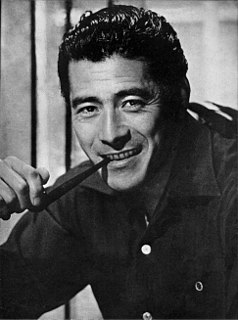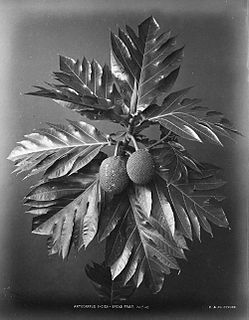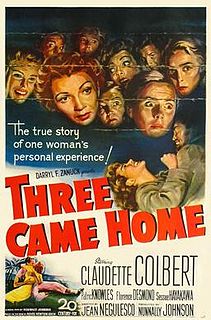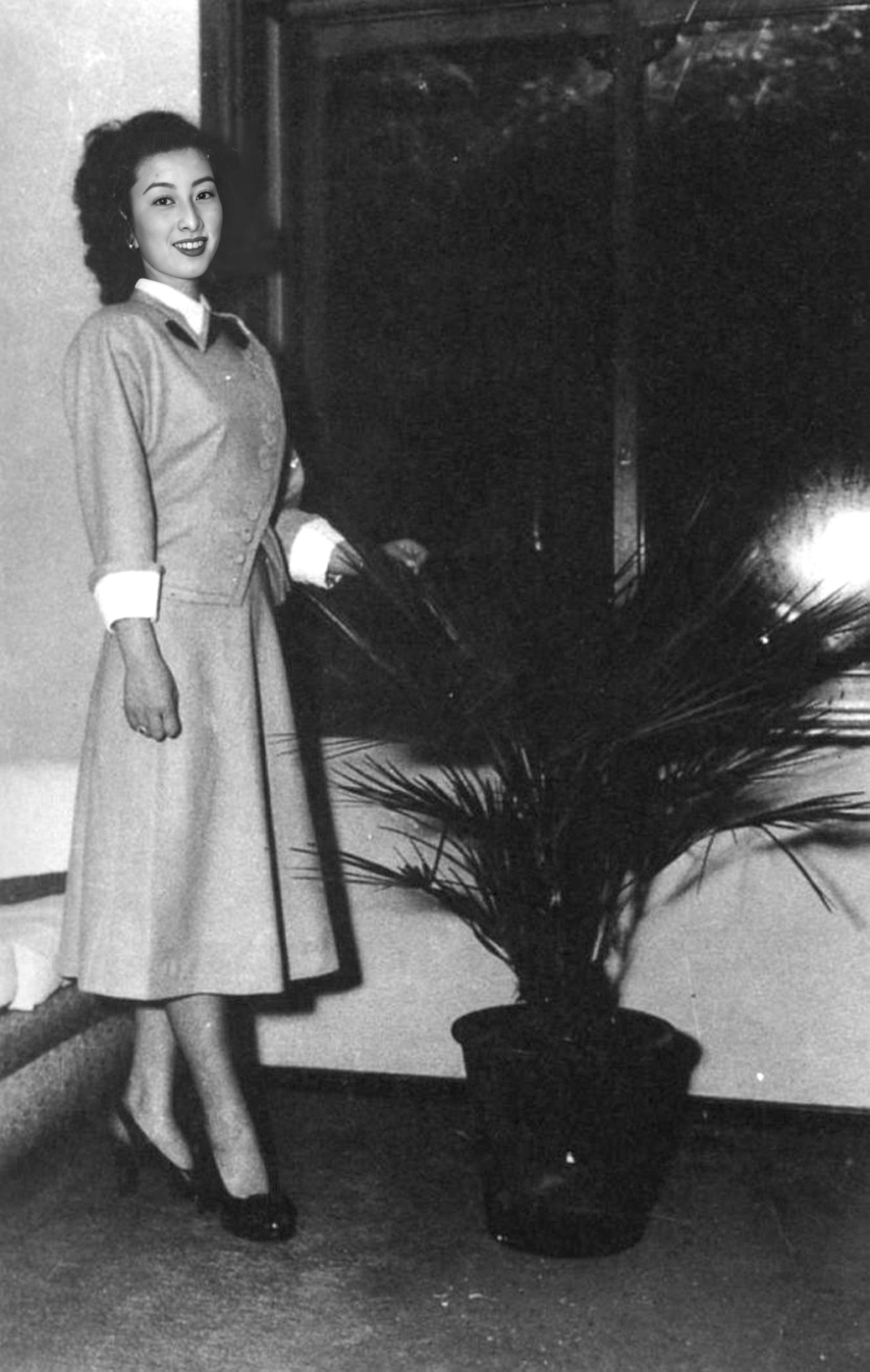
Akira Kurosawa was a Japanese film director and screenwriter, who directed 30 films in a career spanning 57 years. He is regarded as one of the most important and influential filmmakers in the history of cinema.

Toho Co., Ltd. is a Japanese film, theater production, and distribution company. It has its headquarters in Yūrakuchō, Chiyoda, Tokyo, and is one of the core companies of the Hankyu Hanshin Toho Group. Outside Japan, it is best known as the producer and distributor of many kaiju and tokusatsu films, the Chouseishin tokusatsu superhero television franchise, the films of Akira Kurosawa, and the anime films of Studio Ghibli and TMS Entertainment. Other famous directors, including Yasujirō Ozu, Kenji Mizoguchi, Masaki Kobayashi, and Mikio Naruse, also directed films for Toho.
The Wizard of Oz may refer to:

Toshiro Mifune was a Japanese actor who appeared in over 150 feature films. He is best known for his 16-film collaboration (1948–65) with filmmaker Akira Kurosawa in such works as Rashomon, Seven Samurai, The Hidden Fortress, Throne of Blood, and Yojimbo. He also portrayed Musashi Miyamoto in Hiroshi Inagaki's Samurai Trilogy and one earlier Inagaki film, Lord Toranaga in the NBC TV miniseries Shōgun, and Admiral Isoroku Yamamoto in 3 different films.
Rashomon is a 1950 Japanese period psychological thriller film directed by Akira Kurosawa, working in close collaboration with cinematographer Kazuo Miyagawa. It stars Toshiro Mifune, Machiko Kyō, Masayuki Mori, and Takashi Shimura. While the film borrows the title from Ryūnosuke Akutagawa's short story "Rashōmon", it is actually based on Akutagawa's short story of 1922 "In a Grove", which provides the characters and plot.

Black-and-white images combine black and white in a continuous spectrum, producing a range of shades of gray.
The decade of the 1950s in film involved many significant films.

Miyoshi Umeki was a Japanese-American actress and standards singer. She was best known for her roles as Katsumi in the film Sayonara (1957), Mei Li in the Broadway musical and 1961 film Flower Drum Song, and Mrs. Livingston in the television series The Courtship of Eddie's Father. She was a shin Issei, or post-1945 immigrant from Japan.

Machiko Kyō; born March 25, 1924) is a Japanese actress who was active primarily in the 1950s.
United International Pictures is a joint venture of Paramount Pictures and Universal Pictures which distributes some of their films outside the United States and Canada. UIP also had international distribution rights to certain Metro-Goldwyn-Mayer and United Artists films when MGM was part of the venture. In 2001, MGM left UIP, and signed a distribution deal with 20th Century Fox's overseas arm.
Asian cinema refers to the film industries and films produced in the continent of Asia, and is also sometimes known as Eastern cinema. More commonly, however, it is most often used to refer to the cinema of Eastern, Southeastern and Southern Asia. West Asian cinema is sometimes classified as part of Middle Eastern cinema, along with the cinema of Egypt. The cinema of Central Asia is often grouped with the Middle East or, in the past, the cinema of the Soviet Union during the Soviet Central Asia era. North Asia is dominated by Siberian Russian cinema, and is thus considered part of European cinema.

Hideko Takamine was a Japanese actress who began as a child actor and maintained her fame in a career that spanned half a century. She is particularly known for her collaborations with director Mikio Naruse.
The Blue Ribbon Awards are film-specific prizes awarded solely by movie critics and writers in Tokyo, Japan.

Three Came Home is a 1950 American post-war film directed by Jean Negulesco, based on the memoirs of the same name by writer Agnes Newton Keith. It depicts Keith's life in North Borneo in the period immediately before the Japanese invasion in 1942, and her subsequent internment and suffering, separated from her husband Harry, and with a young son to care for. Keith was initially interned at Berhala Island near Sandakan, North Borneo but spent most of her captivity at Batu Lintang camp at Kuching, Sarawak. The camp was liberated in September 1945.
This is a list of films produced in Japan in year order ordered by decade on separate pages. For an A-Z of films see Category:Japanese films. Also see cinema of Japan.

Fujiko Yamamoto is a Japanese film and stage actress. She appeared in over 100 films between 1953 and 1963. She won the first Grand Prix of Miss Nippon in 1950.

Sejarah Film 1900–1950: Bikin Film di Jawa is a 2009 history of the cinema of the Dutch East Indies written by Misbach Yusa Biran. It was published by Komunitas Bambu in collaboration with the Jakarta Arts Council and well received. The book was written by Biran before his death, three years later.











